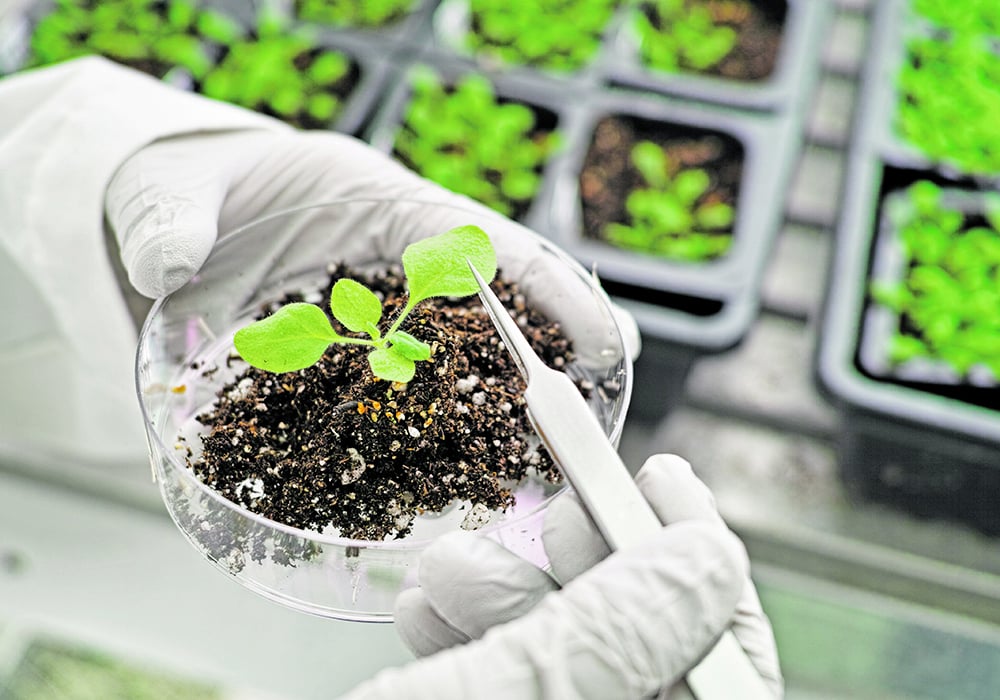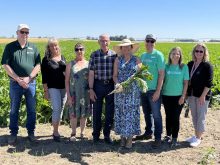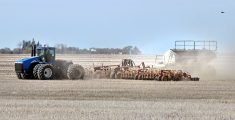WINNIPEG — Agriculture Canada is making life hard for the staff and directors of commodity groups across the country, say group administrators.
The groups, which represent farmers who grow wheat, canola, barley and other crops, use check-off dollars from growers and spend that money on research to benefit a particular crop.
Other stories in this Special Report:
- Research dilemma: crops or climate?
- Research priorities breed frustration, confusion
- Emissions focus worries ag sector
- New focus called gov’t blind spot
- More clarity urged for ag research requests
But Agriculture Canada will only fund research clusters if some of the research helps the Government of Canada achieve its emission targets for 2030 and 2050.
Read Also

Feds propose overhaul of chronic wasting disease control program
Chronic Wasting disease control program getting updated by Canadian Food Inspection Agency with feedback encouraged from producers.
A federal guide called the Agri-Science Program, Clusters Component, explains how commodity groups can apply for funding.
The guide identifies three priorities for research: climate change and the environment; economic growth; and sector resilience/societal challenge.
The first priority is the most important. A portion of the research cluster must focus on climate change.
“Within a Cluster proposal, a minimum of 30 percent of overall Cluster costs must be towards activities that focus primarily on this priority area,” the guide says.
That line in the document has become a barrier and a headache.
A commodity group leader who asked not to be identified because their comments may affect federal approvals for research funding told The Western Producer that it’s a struggle to find emissions and climate change projects.
“A lot of the clusters had to go and source projects to fit into that top 30 percent (climate change research) in order to get the funding on the bottom two pieces — economic growth or sector resilience,” she said.
“It’s becoming really frustrating. It’s very narrow-minded where the government is coming from with these applications.”
As an example, say a wheat growers association has $1 million for a research cluster and it’s asking the feds for a matching $1 million. Of that $2 million, 30 percent of the research must be dedicated to climate change.
“You have to present some (climate change) project, commit that you will fund it … in order to submit for the cluster,” the administrator said. “That was just to apply.”
Complicating matters, there aren’t enough scientists with the equipment and expertise to measure GHG emissions.
In some provinces, all the climate change research must go through one or two research labs. A staff member with a commodity group said one scientist has taken on dozens of research projects looking at crops and GHG emissions, which has created a backlog.
But that sort of research must happen, otherwise Agriculture Canada will not approve funding for the cluster.
“Allocation for Clusters: 30-40 percent of activities will be required to have an environment and climate change focus, with a 15-20 percent carve out for activities that focus on GHG reduction or carbon sequestration,” the guide says.
How is cluster funding different from project funding?
The Agriculture Canada Agri-Science program has two components: clusters and projects:
- Clusters support projects intended to mobilize industry, government and academia through partnerships and address priority national themes. Cluster research is bigger and has a longer timeline.
- Projects support a single project or a smaller set of projects
Source: Agriculture Canada
















